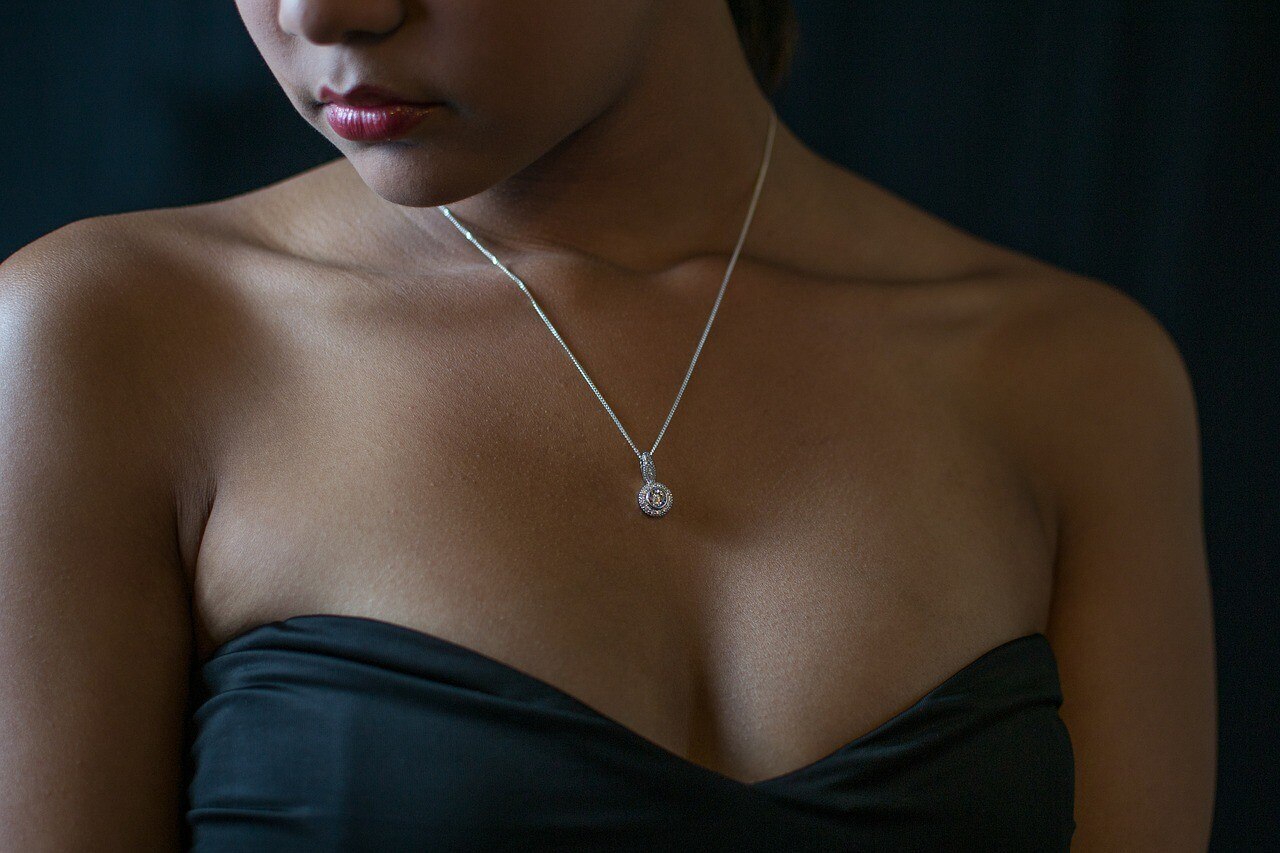Nowadays savanna’s are covering only 1 % of the Surinamese land surface. Based on the landscape classification of Cohen and Van der Eyk all savanna types were studied in the 60s and early 70s.
They have a reputation for being hot and incredibly attractive. If you’re looking for a hot woman, you will be pleased with the French-Guiana girls. They are very appealing, and you’ll be able to satisfy your sexual needs while impressing your partner. The second group of pregnant French Guiana women are more likely to be French-born or born in metropolitan France. They’re smart and passionate about their hobbies and talents. They are also a good choice for a home-maker. They’re smart, educated, and not afraid of being exposed to violence and extreme poverty.
The Simple French Guiana Women Approach
Over the period 2007 to 2016, an average of 53,172 women were diagnosed with breast cancer in mainland France each year , accounting for 33% of incident cancer cases in women. An average of 11,640 deaths per year was reported in mainland France over the period 2007–2014, corresponding to 18.4% of cancer-related deaths in women. For Guadeloupe, Martinique and French Guiana, incidence data come from population-based cancer registries, and cover the periods 2008–2014, 2007–2014 and 2010–2014 respectively. Incidence data for mainland France were predicted by combining incidence data available in the Departments covered by a registry with healthcare data, using a calibration model . Residents of the French Departments enjoy unrestricted access to a wide range of primary and secondary medical services in France. In 1991, the University Hospitals and Regional Cancer Control Centers in France provided 61,000 hospital days to 4,500 patients from the French Departments, which represent an estimated 15% of hospital operation in French Guiana. More than 25% of those days were for treatment of cancer patients, followed by patients suffering from cardiovascular disorders and genitourinary diseases.
In this study, there was no clear association between area-based deprivation and the incidence of all cancers combined. The downward trend in incidence and mortality of cervical cancer is largely explained by individual screening with smear tests since the 1960s. However, screening coverage remains suboptimal in France, and was reported to be 62% in 2010–2012 in Departments covered by an organized screening programme . The National Cancer Plan for 2014–2019 planned to expand organized screening to the whole country in 2018, and set a target participation rate of 80% . Since 2007, primary prevention of cervical cancer is possible thanks to vaccination of adolescents against high risk HPV types.

The ratio of stillbirths to newborns weighing 500 g and 1,000 g was 22.6 per 1,000 and 16.7 per 1,000, respectively, in 1995. Early neonatal mortality was 9.8 per 1,000 for births at 500 g and 8.6 per 1,000 for those at 1,000 g. The proportion of newborns with a birthweight of less than 2,500 g is 11%.
- The risk of infertility in women after cancer ranges between 40 and 80% depending on their age, the type of cancer and the type of treatment .
- The event is a handball tournament that aims to promote women’s handball in the region and was carried out for the first time last year on the occasion of International Women’s Day.
- Benign tumours, recurrences and metastases, and cancers of patients residing outside of French Guiana are excluded.
- This was at least the case before war broke out in Suriname in 198&, resulting in a massive flight of Djuka and Paramaka refugees into French Guiana and devastating their traditional way of life.
- Twenty years ago, life among the Aluku was, in its general outlines, organized much as it had been throughout the previous century.
- French Guiana is a part of the French Republic and thereby subject to the same regulations and political hierarchy as France.
The base map was UNESCO , and all subsequent maps were used to refine these lines on a national level. In Venezuela we used Huber and Alarcon , following their classification of “semi deciduous tropophilous medium forests”, “semi deciduous tropophilous tall forests”, “evergreen submontane ombrophilous forests”, and “evergreen tall ombrophilous forests “. In Guyana, linework follows Huber et al. , and encompasses all their Flooded Coastal and Lowland Forests and Shrublands forest types, and excludes all Savannas and Meadows. In Suriname we followed OAS & National Planning Office of Suriname and excluded all swamp forests and mangroves in the northern sector, and a small portion of savanna along the southern border with Brazil. All of French Guiana was included with the exception of mangroves according to UNESCO and Granville .
French Guiana Women…A Good Surprise For Friends
In April 1989 a major program, entitled Sur les traces de Boni (“On the Trail of Boni,” Boni being the name of a founding hero of the Aluku), was launched in Cayenne in conjunction with the bicentennial of the French Revolution. Opening the program were a conference on Aluku history and culture, a display of archival documents relating to the Aluku past, an exhibition of traditional Aluku arts, and a series of dance and music performances. The program is intended to be ongoing, and a number of further cultural events will be scheduled over the next two years. Along with these social and economic changes, there is a corresponding cultural deterioration in some domains. The traditional arts for which the Aluku were once famed, known as tembe, are rapidly disappearing. All but a handful of skilled artisans have stopped producing – claiming once again not to have time – and few of the younger generation are being schooled in these crafts.
The Debate Over French Guiana Women

The main limitation of our study is the lack of data on socioeconomic status, which is not recorded in the registry. Socioeconomic inequalities in French overseas territories are more pronounced than in mainland France. Compared to the mainland, there is a lower median income, larger income inequalities, and a higher rate of unemployment in the overseas territories. At the crossroads of poor and highly developed areas, French Guiana shows a disparity in socio-economic living standards and lifestyles, linked to multiethnicity. The population benefits from the national French health insurance system, which guarantees universal access to care to all French citizens and to immigrants living legally in the country, depending on administrative and socio-economic conditions. The disparity observed in socio-economic levels in these territories could contribute to social inequalities in cancer care access. The mean childbearing age was 30 years in Martinique and Guadeloupe, and 28 years of age in French Guiana between 2005 and 2015.
If the Aluku are to receive a French education, it should be adapted to their needs, taking into account the special difficulties facing children who are taught in a foreign language and culture. In the absence of such an adapted system, most Aluku schoolchildren are doomed to educational failure, particularly for those Aluku who choose to live outside the tribal territory. It is virtually impossible for an Aluku with only six or seven years of schooling to participate in the wider society on a par with those born in the majority culture. Even putting aside the question of ethnic discrimination, the Aluku lack the linguistic and cultural competence necessary to gain access to the more privileged sectors of the society. Unless this educational problem is rectified, the Aluku will continue to inhabit a society in which opportunities for economic and social advancement are vastly unequal. This form of social organization was also well adapted to the economic life of the Aluku. Through a combination of hunting and gathering, fishing, and a system of shifting cultivation carried out largely by women, the Aluku practiced a subsistence economy that met most of their basic needs and ensured their independence.
Cervical cancer could become rare in the future if available primary and secondary prevention measures were optimally implemented. Regarding mortality, world-standardized mortality rates are similar between Guadeloupe and Martinique, and higher than in French Guiana. Among gynaecological cancers, the mortality rate is lower for breast cancer in all regions compared to mainland France, and also lower for ovarian cancer in Martinique and Guadeloupe, but higher (albeit non-significantly) in French Guiana. The total number of cancer cases was reported, a crude incidence rate was calculated with population of French Guiana as a reference. Comparability of incidence rates is ensured by using age-standardized rates using the world population as a reference .
The only certitude is that Marie Rose, born in Martinique, slave of Sieur Sequiera in French Guiana, freed by him in 1775, recognized as free by the administration in 1777, had since then experienced a great social rise. It is surely in this house that Jean Freytag visited Marie-rose several times, who served as her intermediary with the beautiful Angélina. Between the lines, his account thus gave some elements about Marie-Rose’s residence; the house had a garden, a living room, a cabinet…. As part of his love affairs, Freytag had found himself locked in this office by a » negrillonne « . He thus confirmed that Marie-Rose had people in her service, whether they were slaves before 1794 or free after the proclamation of the first abolition of slavery; people whom Marie Rose had been able to send and place with the deportees. Recently, while studying a whole bunch of memoirs of Frenchmen deported to French Guiana at the end of the 18th century as part of the French Revolution, I realized that several of them referred to a certain Marie-Rose, a woman of colour.
On the other hand, French Guiana girls can easily impress men thanks to their exotic appearance and mentality. So if you plan to start a serious relationship and marriage with a woman who could become an unforgettable experience in your life, be ready to grab this chance. The family is the key cultural factor for all girls in the country. Relatives of different generations live quite close to each other, often within a single quarter. They respect their husbands a lot and always treat them with great care and love. The completely artificial economy that the introduction of communes has created has brought a sudden influx of government funds, which are channeled to local populations through social subsidies and in a variety of other ways.






